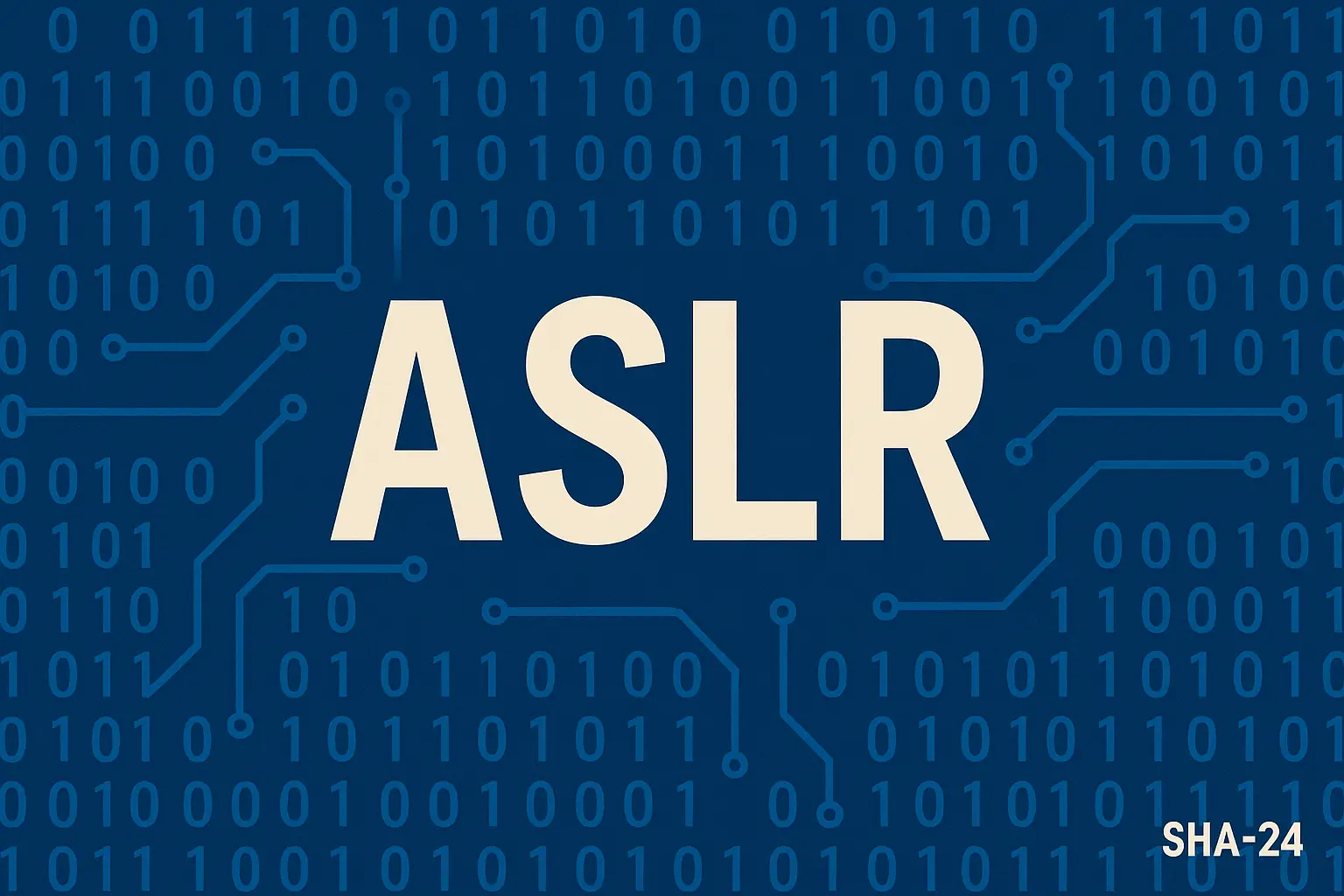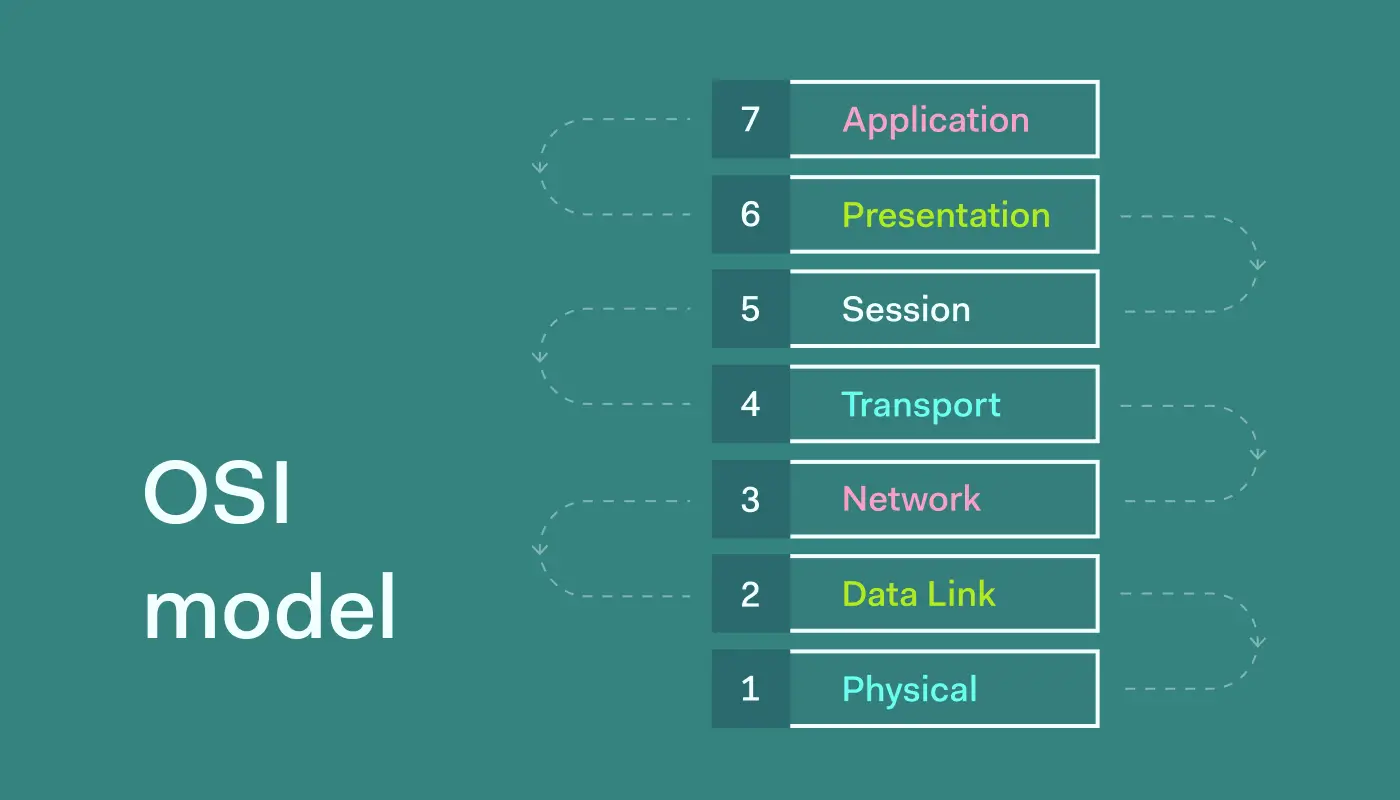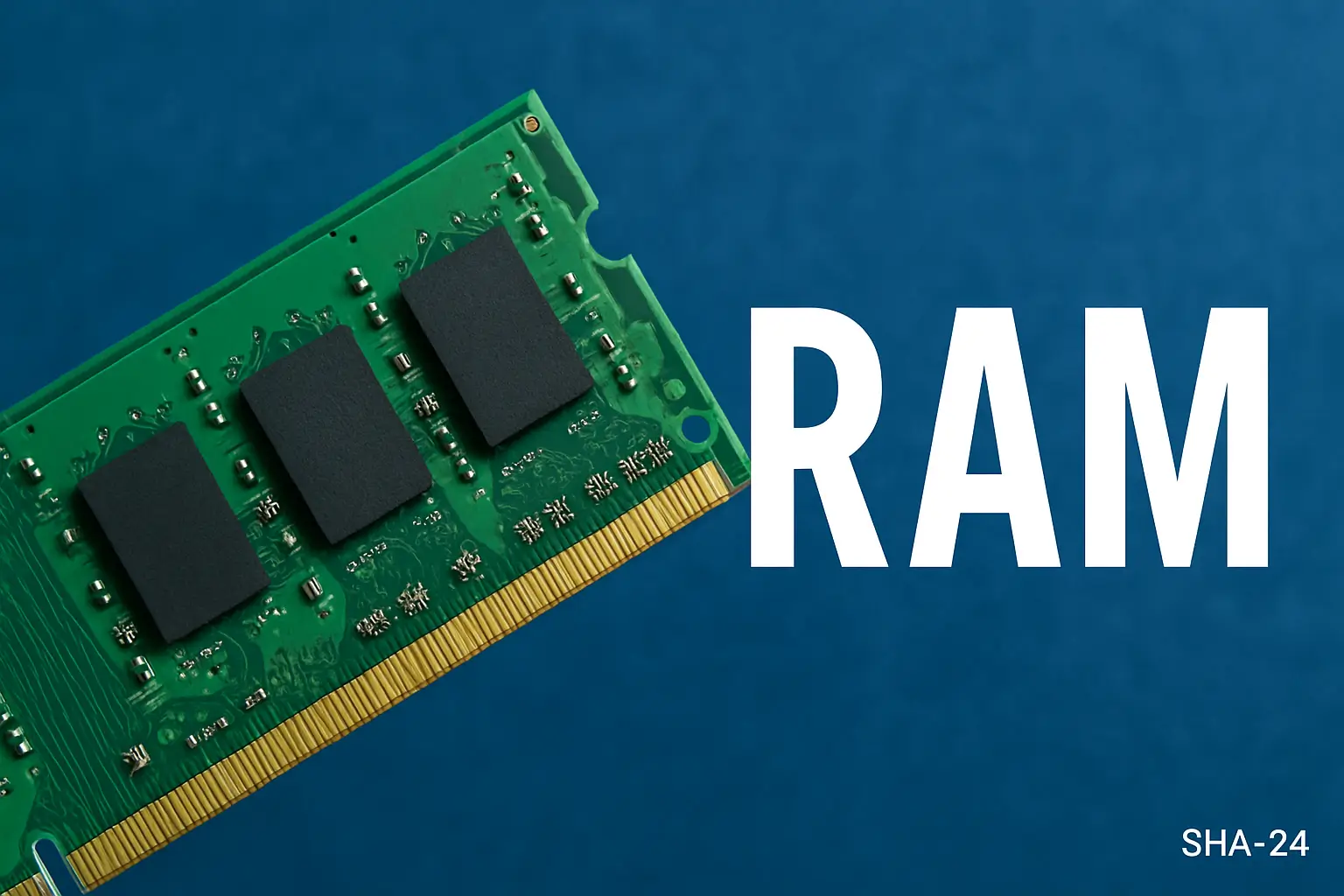Published on Jun 23, 2025
Understanding DEP (Data Execution Prevention): Definition, Function, and Benefits

In the fast-paced digital era full of cyber threats, computer system security is very crucial. One of the security features developed to improve software and operating system protection is DEP or Data Execution Prevention. This article will discuss in depth what DEP is, how it works, and its benefits in maintaining the stability and security of your computer system.
What is DEP (Data Execution Prevention)?
Data Execution Prevention (DEP) is a hardware and software-based security feature designed to prevent malicious code from executing in certain memory areas that are supposed to store only data. This technology was first introduced by Microsoft in the Windows XP Service Pack 2 and Windows Server 2003 Service Pack 1 operating systems.
According to the official documentation Microsoft , “DEP is a security feature that can help prevent damage from viruses and other security threats by monitoring programs to ensure that they are using system memory safely”.
How DEP Works
DEP works by marking an area of memory as non-executable. This means that the memory should only be used to store data, not to run code. If a program tries to run code from an area of memory that has been marked as non-executable, DEP will block the execution and close the program to prevent further damage or attacks.
DEP Types
There are two main types of DEP:
- Hardware-Based DEP: Uses processor features to mark non-executable memory.
- Software-Based DEP: Detects suspicious program behavior by monitoring memory usage.
Main Functions and Objectives of DEP
The main purpose of DEP is to prevent the execution of malicious code that exploits vulnerabilities in programs or operating systems. The function of DEP is not only limited to preventing malware, but also helps in:
- Detecting buffer overflow attacks.
- Reducing the possibility of vulnerability exploitation.
- Maintaining the stability and integrity of the operating system.
- Minimize damage from malicious programs.
Benefits of Using DEP
- Additional Security
DEP provides an additional layer of protection that is very important, especially on computers used for critical activities such as financial transactions or storing sensitive data.
- Increased System Stability
By preventing unauthorized code from running in the memory area, DEP helps maintain system stability and prevents crashes caused by memory attacks.
- Protection Against Exploits
DEP works very effectively to block exploits that try to execute shellcode from the data memory area.
Implementation of DEP in Operating Systems
On Windows
Microsoft implements DEP in the latest versions of Windows, including Windows 10 and Windows 11. You can enable and configure DEP through the Control Panel or using the Command Prompt.
On Other Operating Systems
Some operating systems such as Linux and macOS also implement similar features, although with different names and mechanisms, such as NX (No-eXecute) bit or W^X (Write XOR Execute).
DEP Configuration in Windows
To access DEP settings in Windows:
- Open Control Panel > System > Advanced system settings.
- Select the Performance tab, then click Settings.
- Go to the Data Execution Prevention tab.
- Select the option according to your needs, either for all programs or only for certain programs.
When Should DEP Be Disabled?
Although DEP is very useful, in some cases users or software developers may need to disable it, especially if there is incompatibility with legacy applications. However, this should be done with great care and only when absolutely necessary.
DEP and the Industrial World
DEP is not only relevant in the personal user environment, but is also very important in corporate and industrial environments. Many large organizations require DEP to be activated as part of their internal security policies.
Implementation Examples
- Financial Industry: To protect transaction systems and customer databases.
- Healthcare Industry: To maintain the integrity of electronic medical record systems.
- Government Industry: To protect network systems containing state confidential information.
DEP in Modern Cybersecurity Perspective
In today’s cybersecurity ecosystem, DEP is one of the basic but vital features. When combined with other security technologies such as ASLR (Address Space Layout Randomization), antivirus, and firewall, DEP provides comprehensive protection against various types of memory-based attacks.
Conclusion
Data Execution Prevention (DEP) is an important technology that helps protect computer systems from the threat of malicious code execution in areas of memory where it should not be. By implementing DEP, both individual users and companies can enjoy a higher level of security, better system stability, and comprehensive protection from various memory attacks.
As stated by Microsoft in its security document, “DEP technology is an integral part of our multi-layered defense strategy for modern operating systems”. Therefore, it is highly recommended to enable and manage this feature properly.
With a good understanding of DEP, users can make more informed decisions in protecting their devices. This feature is not just a technical tool, but also part of a comprehensive commitment to digital security in this increasingly complex era.





